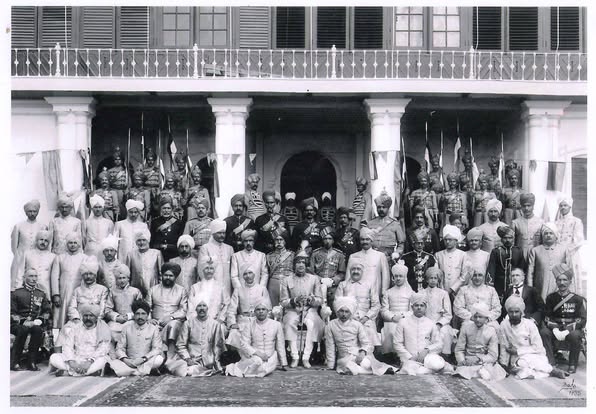The Rich Legacy of the Sirmaur Royal Family: A Glimpse of History

The Sirmaur Royal Family is among India’s most esteemed dynasties, with a legacy spanning centuries. Their influence shaped the political, cultural, and social landscape of the Sirmaur region, now part of Himachal Pradesh. Their history tells a story of valor, governance, and cultural contributions that continue to captivate historians and heritage enthusiasts.
The Origins of the Sirmaur Royal Family
The Sirmaur royal family traces its roots to the Rajput dynasties of northern India, known for their warrior ethos and political acumen. According to historical accounts, they claim descent from the Mahabharata period, specifically the Kuru dynasty. Raja Kesar Singh founded the princely state of Sirmaur in the 16th century.
Initially, the family ruled over a small region in the Shivalik Hills, positioned between the Sutlej and Yamuna rivers. This location, rich in natural resources, helped them establish their influence.
The Rise to Prominence
The Sirmaur royal family rose to prominence under Raja Bhuri Singh in the early 19th century. His visionary leadership modernized Sirmaur and introduced key reforms.
During his reign, the state saw advancements in administration, education, and infrastructure. He established schools, hospitals, and welfare programs, improving the lives of the people. His policies strengthened the state’s influence in northern India.
The British Era and the Sirmaur Royal Family
During British rule, Sirmaur’s political landscape shifted. Raja Bhuri Singh and his successors maintained cordial relations with the British. Despite being a small state, Sirmaur held strategic importance. The rulers aligned with the British, ensuring stability and preserving sovereignty.
This alliance helped Sirmaur avoid major conflicts and retain some autonomy while adhering to British suzerainty.
The Role of the Sirmaur Family in Post-Independence India
After India’s independence in 1947, Sirmaur joined the Indian Union as part of the Simla Hill States. In 1948, the state merged with Himachal Pradesh. Raja Rajendra Singh, the then ruler, adapted to India’s new political reality.
Although they lost political power, the family remained influential. Raja Rajendra Singh worked on preserving Sirmaur’s historical sites, contributing to Himachal Pradesh’s cultural heritage.
Cultural Contributions and Architectural Heritage
The Sirmaur royal family left behind remarkable architectural and cultural legacies. They patronized the arts, including architecture, music, and literature.
The Raghunath Temple, built by the royals, stands as a key landmark, blending Rajput and Himachali architectural styles. The Chandini Mahal, their royal palace, reflects their grandeur with intricate carvings and landscaped gardens.
The family also supported musicians and writers, preserving Himachal Pradesh’s traditional art forms. Their patronage helped shape the region’s rich cultural identity.
Legacy and Influence Today
The Sirmaur royal family’s contributions continue to impact the region. Their efforts in education, infrastructure, and welfare laid the foundation for Sirmaur’s development. Architectural and cultural landmarks still attract visitors worldwide.
Modern descendants maintain a low profile but take pride in their heritage. While their political influence has faded, they remain symbols of tradition and history.
The family remains committed to heritage conservation. Their efforts help preserve Sirmaur’s rich history for future generations.
Conclusion
The Sirmaur royal family’s story is one of resilience, governance, and cultural influence. From strategic alliances during British rule to lasting contributions in architecture and social reform, their impact endures in Himachal Pradesh.
As one of India’s lesser-known royal families, Sirmaur deserves greater recognition. Their contributions extend beyond politics, enriching India’s cultural and historical landscape.








